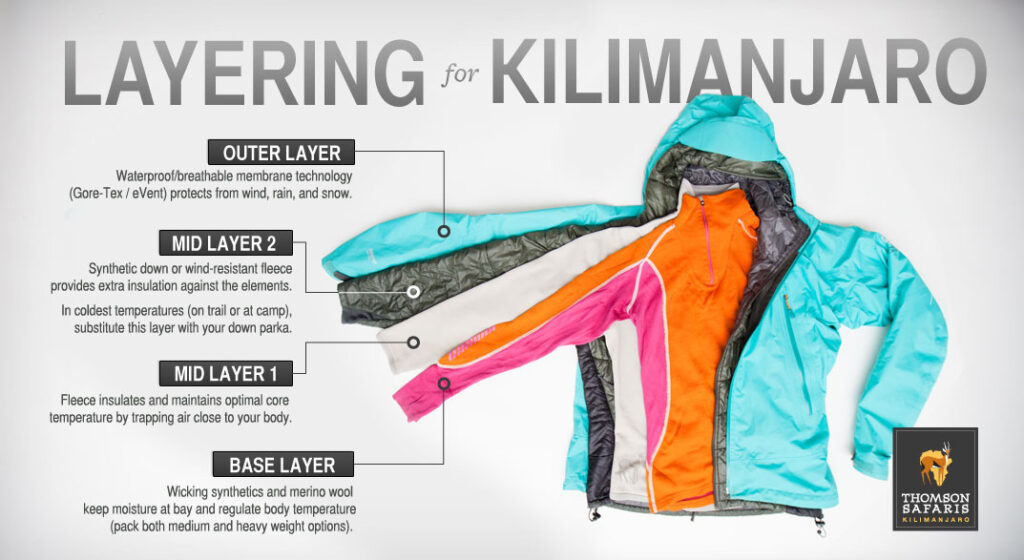How Snowmobiling Layering Keeps You Warm…
Related: 5 Tips For Choosing Snowmobile Gear / Check Out Woolpower
Snowmobiling layering is the best way to avoid the cold that can take the pleasure out of snowmobiling. So here’s the scoop on staying warm on snowmobile tours and snowmobile vacations – by learning how to layer for snowmobiling.
It starts with eating well to fuel your body and staying hydrated all day with water, juice or energy drinks. Then it’s what you wear, as I so ably demonstrate in this Snowmobiler TV video clip (lol) and the advice that follows…
Moisture Control
When dressing for snowmobiling, there is one key principle to remember — retain the heat, release the moisture. The more heat your clothing preserves, the less hard your body has to work to replace it. The more moisture your clothing moves away from your skin to transfer outside, the warmer you will be, because WET = CHILL. Your body naturally emits perspiration throughout the day and under exertion, you sweat. That’s why fluid replacement intake is vital and why layering is so important.
Snowmobiling Layering How To’s
While protecting against cold, wind and wet, layering provides you with optimum versatility and flexibility to vent or modify according to conditions. With layering, you can adapt for excess heat and moisture caused by sudden exertion. Or for temperature changes throughout a long day of riding. Have you ever started to get a chill near day’s end? Adding a layer (or putting one back on) will help, especially if it’s made by Woolpower, available at Canadian Outdoor Equipment.
Base Layer
Your base layer rests against your skin. While providing minimal insulation value, its primary purpose is to move moisture out. So this “long underwear” needs to be light, quick drying and quick wicking (non-absorbent, transferring wet away). Synthetic fibres are most popular, such a polypropylene.
Mid Layers
Your next layer(s) provides heat retention by trapping warm air as insulation. This is usually a mid-weight layer (or two, depending on the temperature and amount of exertion) possibly followed by a heavier one, such as polar fleece. Typically, these layers measure in grams; higher numbers denote greater warmth. Avoid cotton fabrics in all of your layering garments. Cotton absorbs and holds moisture, and provides poor insulation. So no T-shirts, sweats or blue jeans, please!
Exterior Layer
Your exterior layer retains inner warmth and prevents external cold from entering. This outer shell should be waterproof (not just water-resistant), breathable (releases moisture) and windproof (protection against wind chill), such as Gortex™. Be sure to choose a jacket that also has multiple vents for flexible inner climate control. Also, make certain it’s large enough to go over your other layers without being snug. Regular winter and even ski jackets won’t do the job properly. Get gear made to specifically combat the unique challenges of snowmobiling. You may also want to consider an electric vest to provide extra core warmth on Arctic days.
Snowmobiling Layering – Keeping Extremities Warm
Dressing your extremities properly also contributes to your snowmobiling comfort. While riding, you may want a balaclava under your full-face helmet, the best choice for keeping your head and face warm. Since an uncovered head acts like a chimney for heat loss, always wear a hat when stopped for a break.
For your feet, select a name brand, lightweight, waterproof boot, such as Baffin. Make sure your boots offer multiple layers of insulation and removable liners so you can air them out overnight. For your hands, waterproof is also a must and mitts are the warmest, especially combined with handle bar muffs and electric hand and thumb warmers. If you choose gloves as I do, ensure that they are not too tight and have extra insulation on the backs, which are directly exposed to the cold wind.
My Last Word
Even if you make all the right buying choices for snowmobiling, and dress appropriately each day, you can still need an extra boost of heat sometimes. So always carry a selection of chemical toe, hand and body warmers just in case.
And remember, some folks are more susceptible to cold than others. So take extra care to ensure their warmth and comfort. Plus, it’s a good idea to carry a half empty “day bag” to make it more convenient to add or remove layers and provide energy snacks and drinks on the trail.
The advice in this post is very relevant for noice riders and newbies. But don’t stop here – also review my snowmobile beginners tips.
Now you’re ready to go snowmobiling!
The tips and advice in this blog are the opinions of the author, may not work in every situation and are intended only for the convenience and interest of the reader, who has the personal responsibility to confirm the validity, accuracy and relevancy of this information prior to putting it to their own use.

